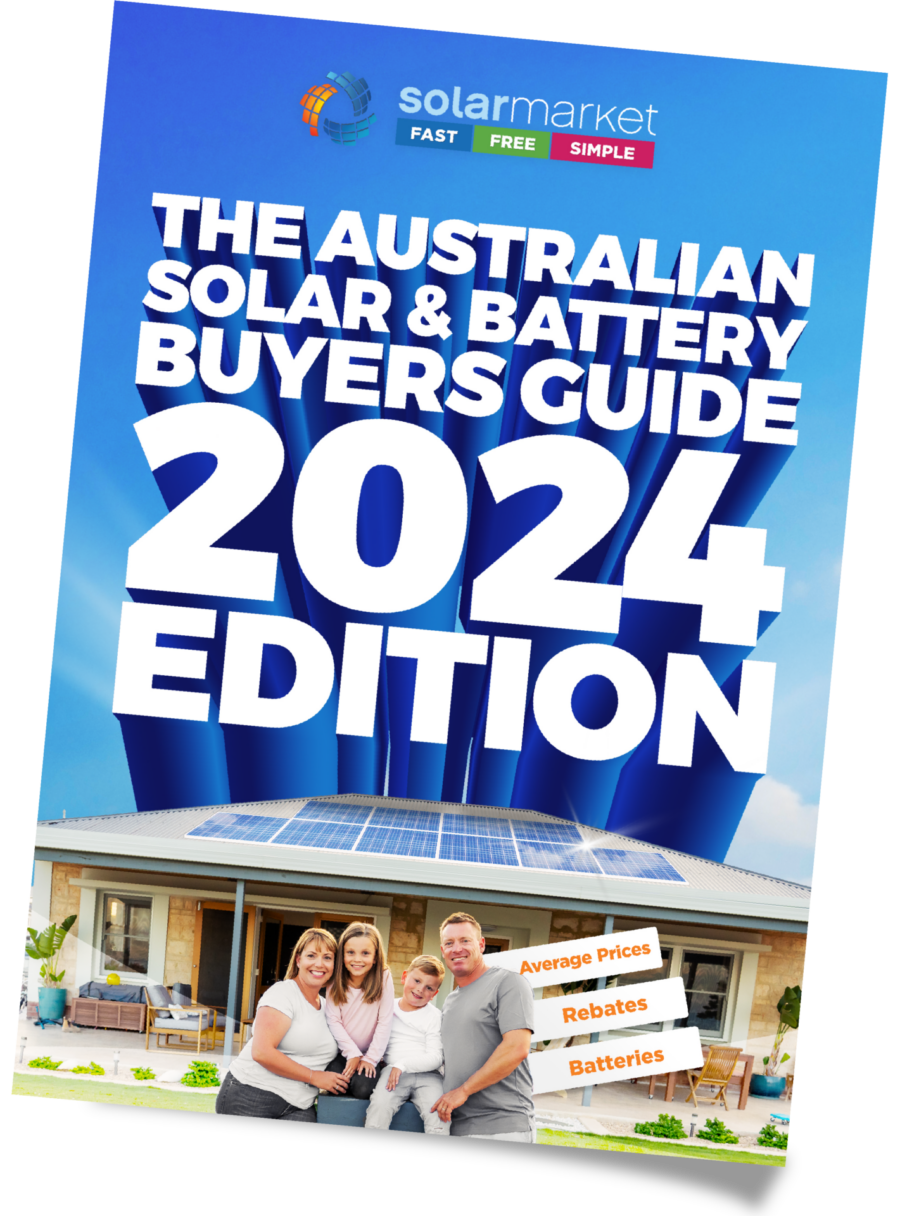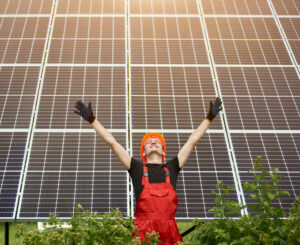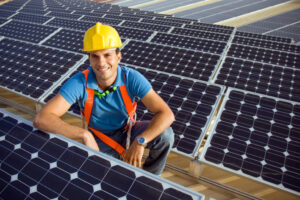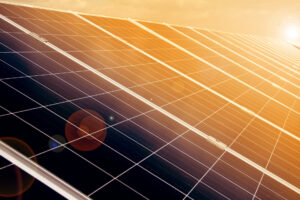
If you’re interested in installing solar, but have some doubts or questions about popular solar myths, have a read below.
We’ve answered six popular solar myths just for you.
After a solar panel is depleted, it is actually bad for the environment.
The average lifecycle of a solar panel is 25 years. Panels are created with recycling in mind and some manufactures will recycle them for you, free of charge.
All of the current eco-friendly, solar schemes only help the rich buy solar, which is actually subsidised by the poor.
The middle to lower income areas and suburbs with large retired populations are currently the most concerned about the environment and their increasing electric bills. This translates to these areas also being the areas with higher instances of solar systems being installed.
Solar panels only work on sunny days.
Solar panels work on cloudy, overcast, snowy and sunny days. What will definitely impede the amount of power produced is if there is significant shading over your array of panels. The amazing technology of solar panels, converts the light from the sun via the silicon in each of the many cells that make up a solar panel. These panels may work best on sunny days, but the maximum output is derived when the sunny days are cooler, not hotter.
This is supported by the fact that counties like China, Germany, Italy and the UK all have thriving and efficient solar take up.
Solar panels on my roof will make it hard for me to sell my house
According to a study by a group of economists, on average, home owners “who install photovoltaic solar panels to power their homes can recover nearly all the investment costs if they move–and that’s on top of the annual energy savings”.
They found that the payback increased even more, if the home is located in a more liberal, eco-minded community. Another study found that homes with solar panels “actually sell faster than homes without solar panels”. Additionally, there are built insavings for the new homeowner from the future output of the panels along with any eligible feed-in tariffs.
Solar power systems are expensive
5-10 years ago, that was probably true, however, with the growing popularity of solar power, the combination of economies of scale (i.e. more people buying solar means costs to manufacture systems have gotten cheaper over time) and ever-improving technology, significantly prices in the last decade have significantly reduced. Average system prices are lower now than they’ve ever been before.
For example, back in 2010, a 4kW system cost somewhere around $15,000. The average price now is approx. $5,000 to$ 8,000 (with some firms selling systems even cheaper than that.) That’s a 47 to 66% drop in system prices in just five years and that price drop will continue to reduce as time goes by.
Solar panels are hard to maintain
Because solar panels have no moving parts, there is very little maintenance involved. A couple of times a year they should be looked at to clear away any dirt or debris that may have collected or built up on them. Simple and easy instructions can be found here.










